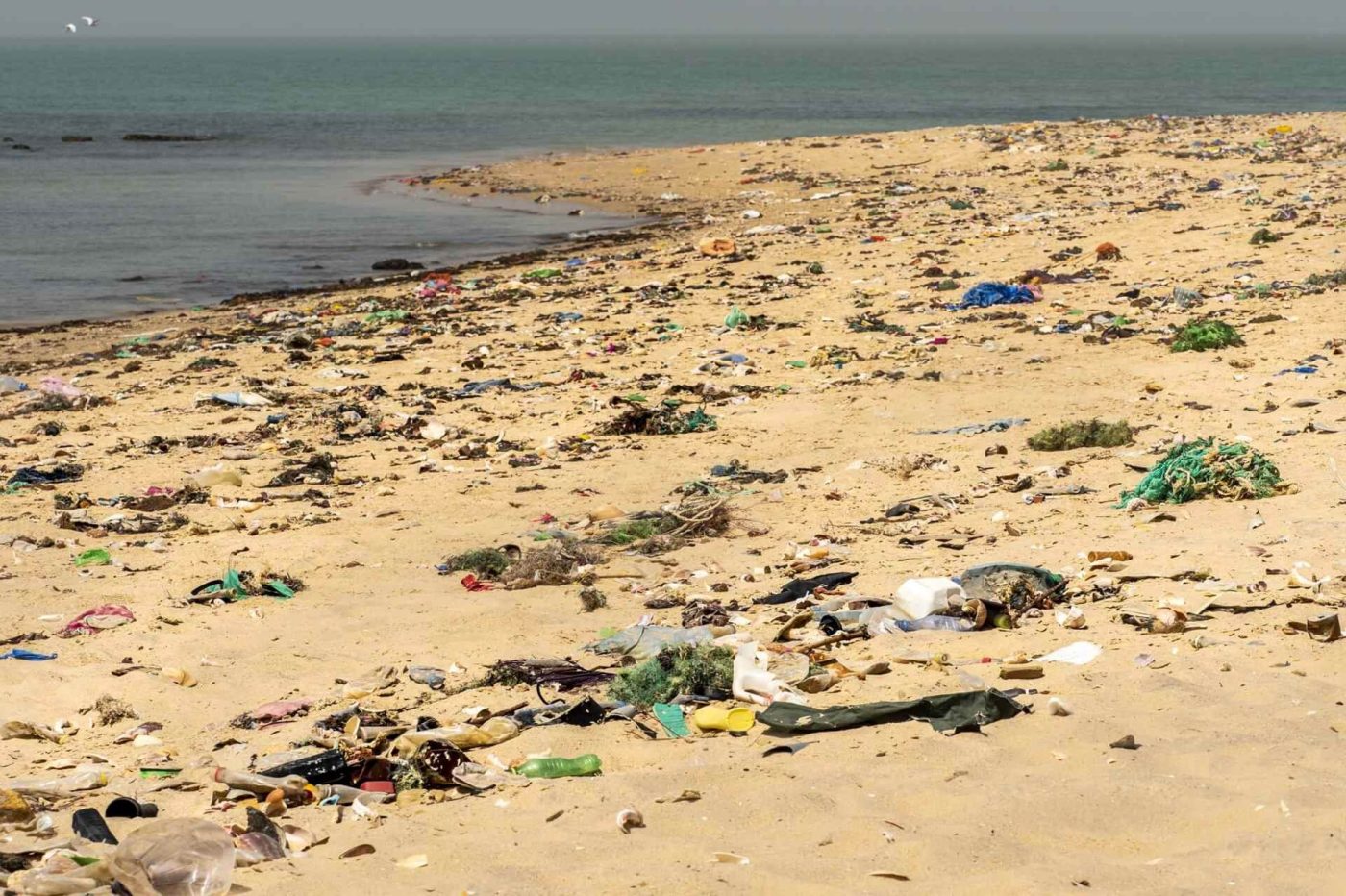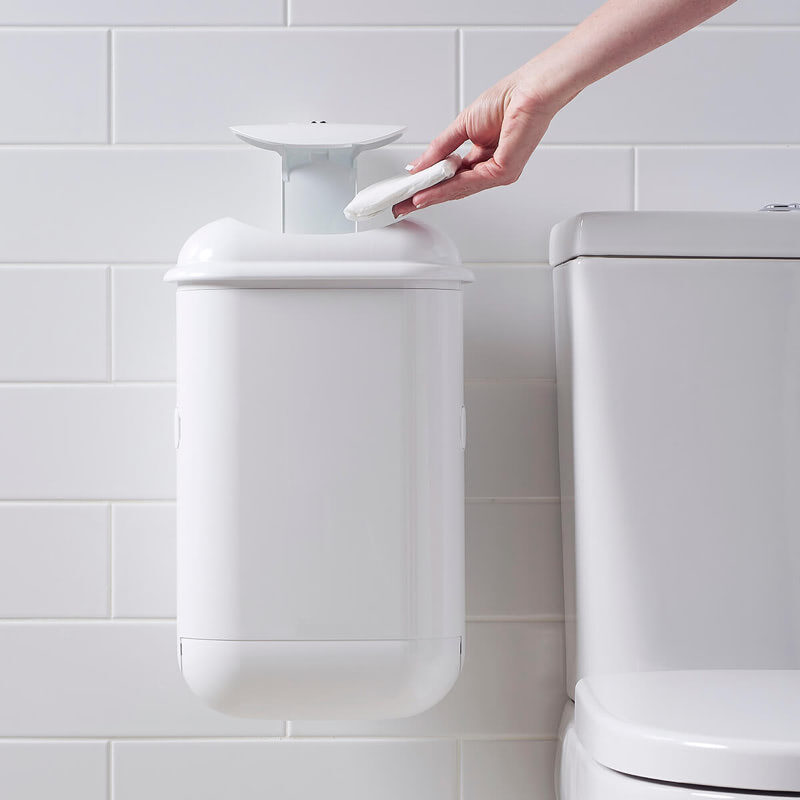How to Dispose of Sanitary Waste More Sustainably
22 November, 2022

How to Dispose of Sanitary Waste More Sustainably
The average menstruating person will use around 11,000 period-related products in roughly four decades of their life, generating at least 140 kilograms of waste throughout their lifetime.
One sanitary pad takes around 500 years to break down, and it is estimated that around 3.9 million sanitary towels and tampons are flushed down toilets every single day in the UK alone. This results in a lot of sanitary waste polluting our seas and being discovered on coastlines across the world.
We further discuss the implications of sanitary waste being flushed down toilets and offer sanitary solutions on how to dispose of period products more sustainably.

Why is Sanitary Waste Being Flushed Down Toilets?
According to our research, 8 out of 10 individuals will choose not to use a sanitary unit if it is offensive to them, such as if it is overflowing, tricky to operate, or emitting bad odours.
Many individuals also have prior negative perceptions about existing sanitary waste disposal bins or may just simply be unaware of correct disposal methods, opting for flushing their waste instead.

What are the Implications of Ill-Disposed Sanitary Waste?
Flushing anything other than human waste or toilet paper can not only pose significant threats to our wastewater systems but can also cause pollution and environmental risks on a wider scale.
Clogged Toilets
Due to their absorbent nature, period items take in more water and swell up when they are flushed down toilets, causing blockages not only in your toilet pipes but also in general waste systems in your area.
A clogged toilet leads to expensive plumber house calls while clogged sewer pipes cause untreated water to overflow into rivers or other bodies of water. This clog could also cause sewage backflow into your home or the nearby streets.
Environmental Impact
Sanitary products aren’t always effectively filtered out by waste treatment plants, and it’s been reported that at least 80% of the world’s untreated sewage ends up in oceans.
Unsightly menstrual waste from this doesn’t only wash up on shores around the world; plastic bits from these products that are ingested by various forms of marine life could eventually end up in our diets as well.
According to research, we could be eating up to 11,000 pieces of plastic every year from seafood alone, which could have unknown impacts on our health in the long term.
While they can be better for the environment, biodegradable labelled tampons and pads should not be flushed. Being biodegradable does not mean that they are water-soluble, and the environment they end up in plays a huge role in how they biodegrade.

Practise Sustainable Menstrual Waste Disposal
Since many women aren’t using sanitary bins for their intended purpose because of the lack of hygiene and cumbersome usage methods, our team at SaniPod™ has formulated a revolutionary solution in response.
SaniPod™ is proud to be the benchmark of sanitary hygiene in the industry. Our state-of-the-art range of manual and automatic sanitary bins offers a touch-free, exclusive, and hygienic experience when disposing of your used sanitary products. Do your part for the ocean and take care of your waste with ease and comfort.
Reach out to us for your own world-class washroom experience today.
Contact UsProudly used by



